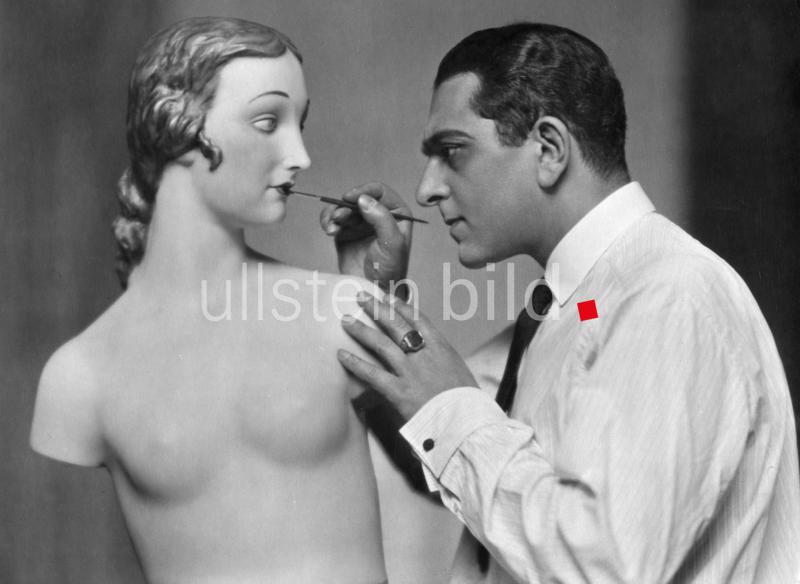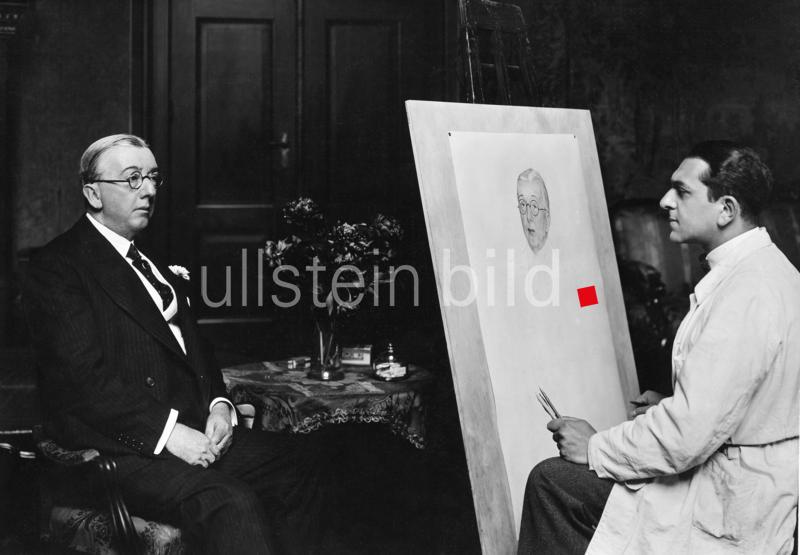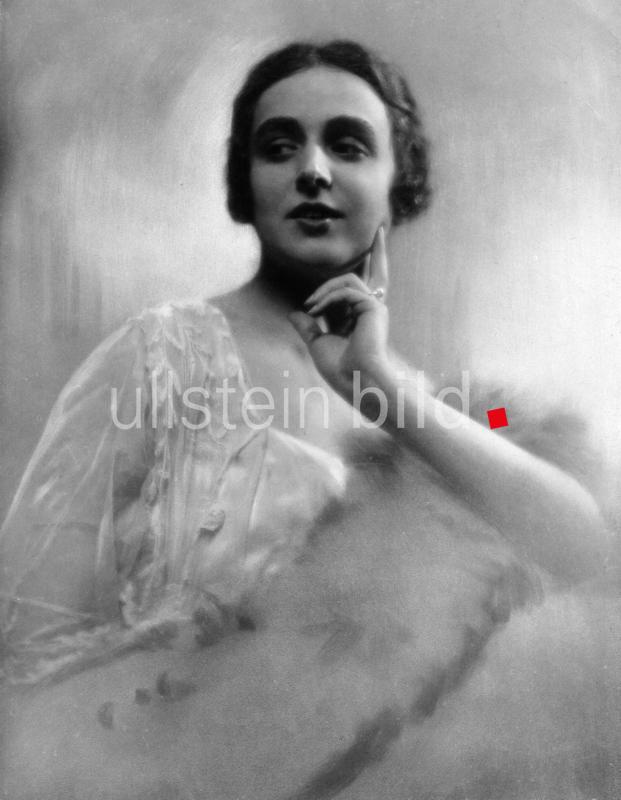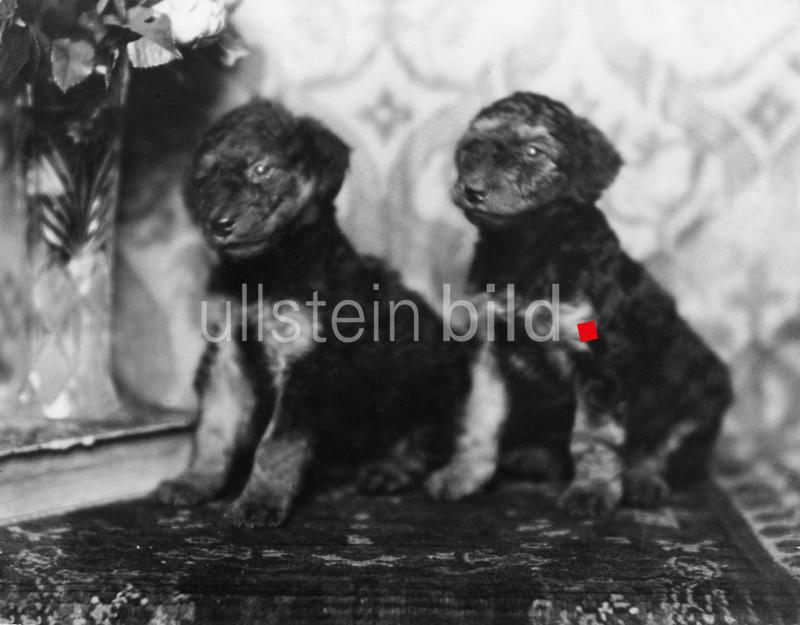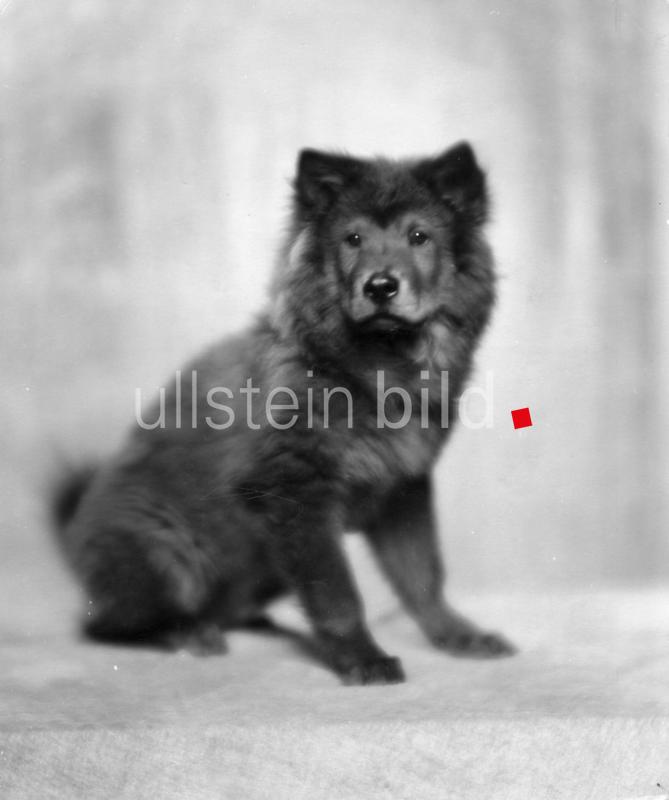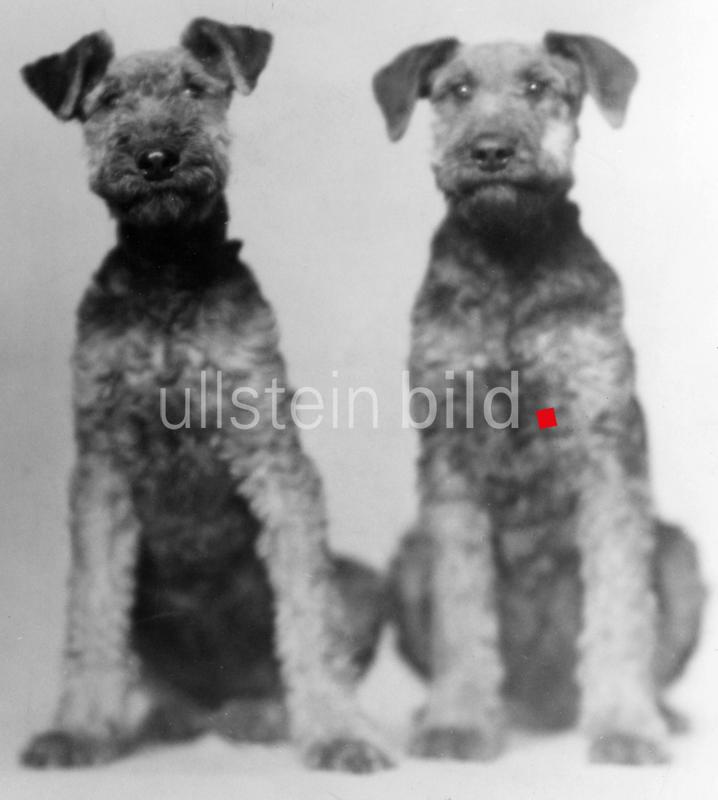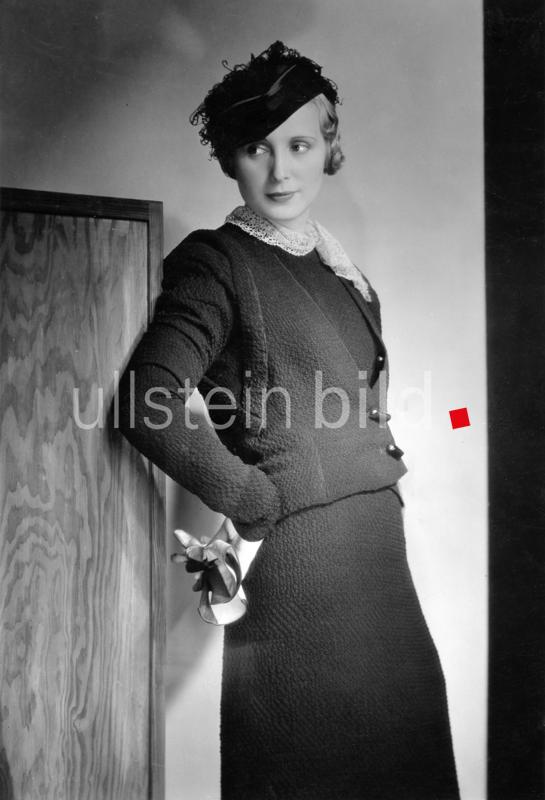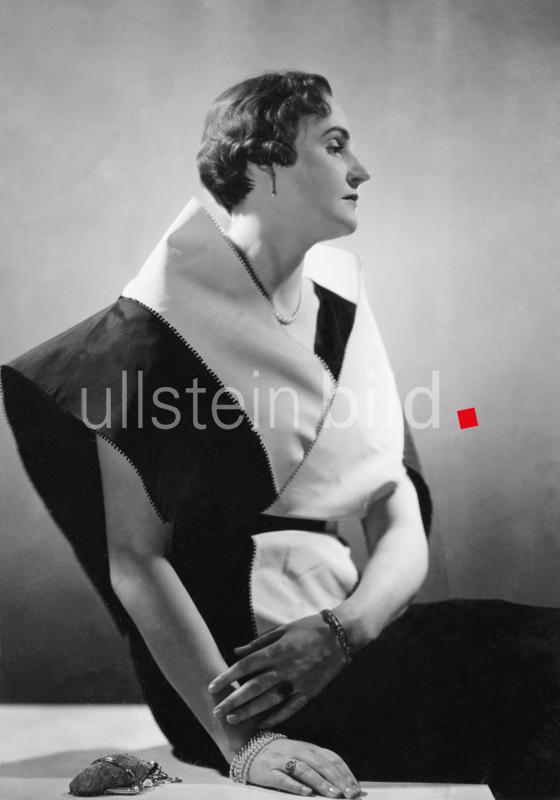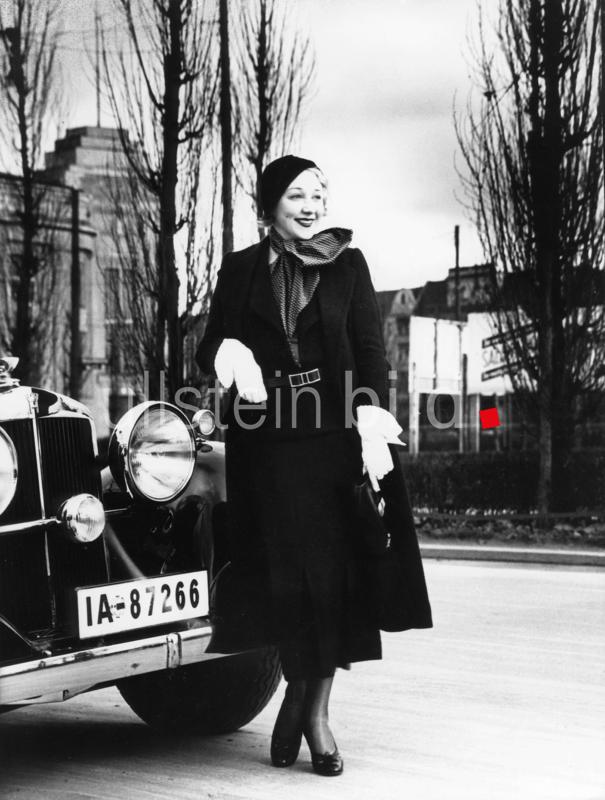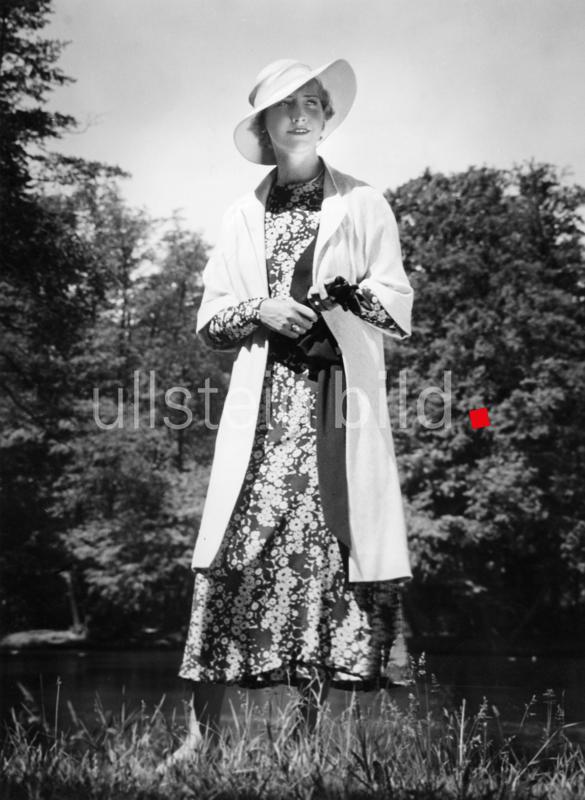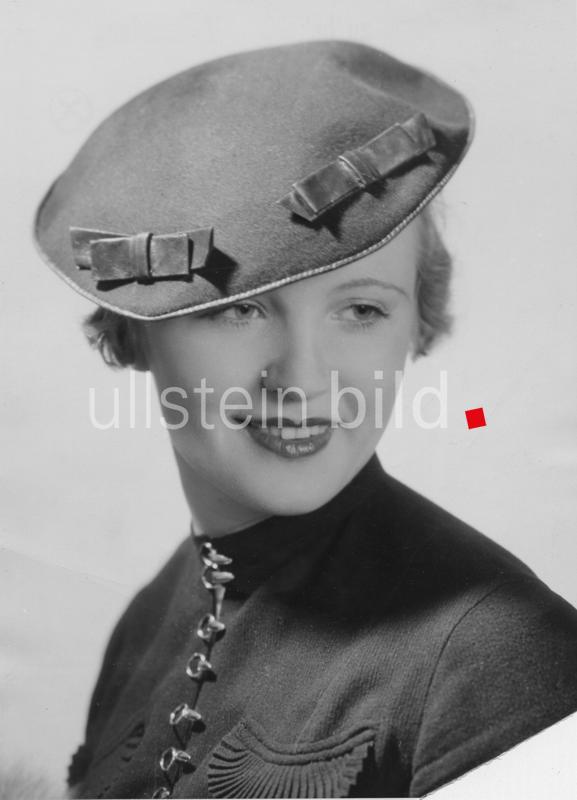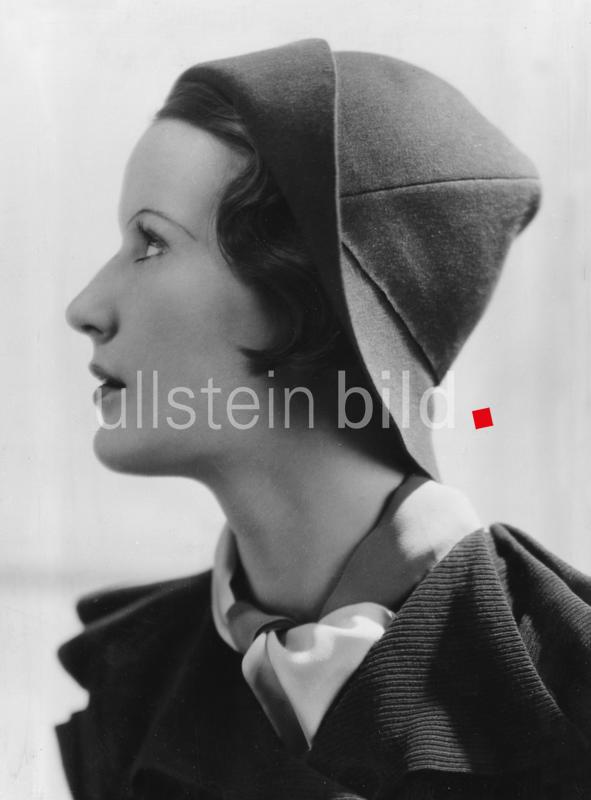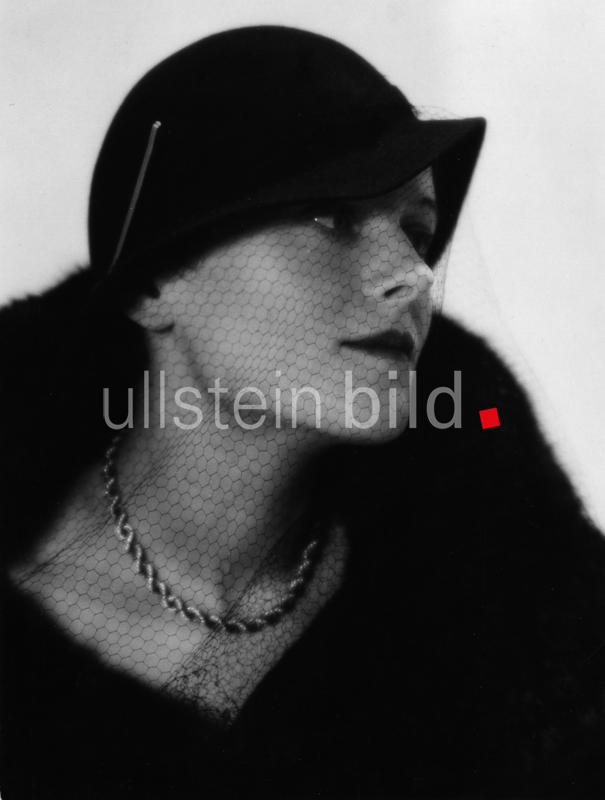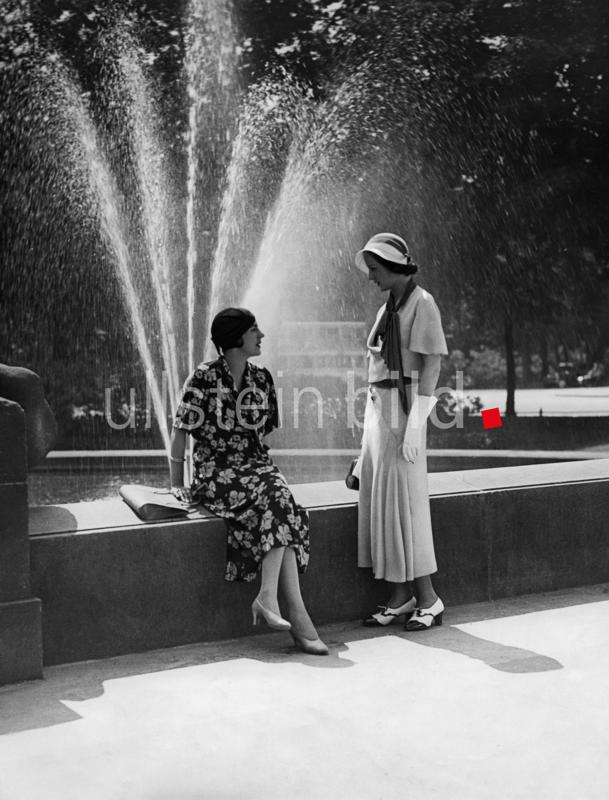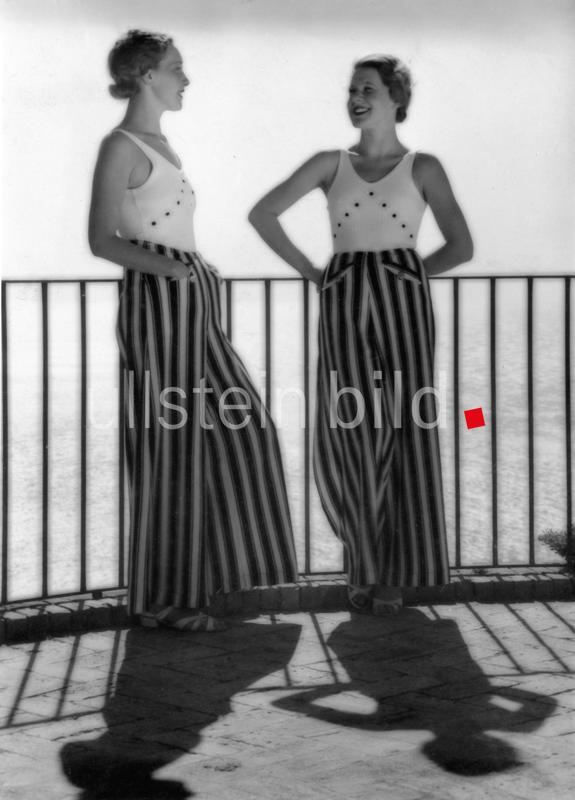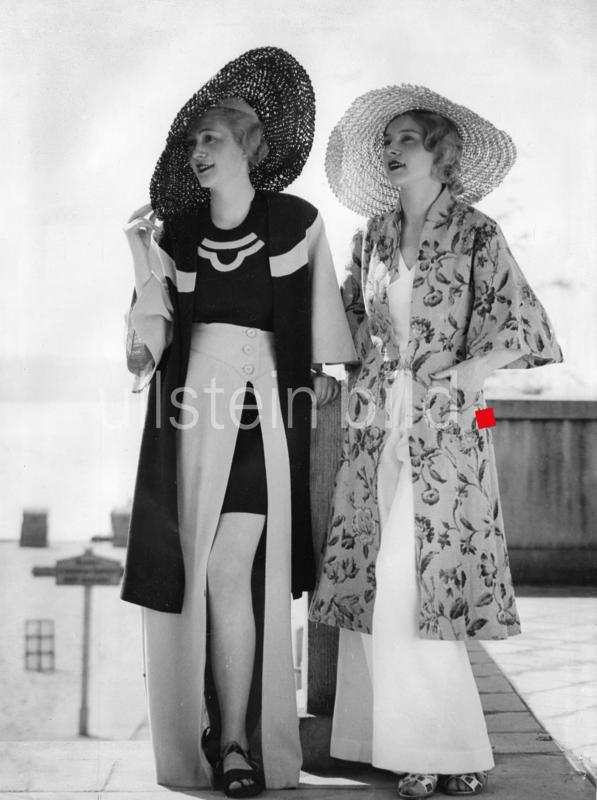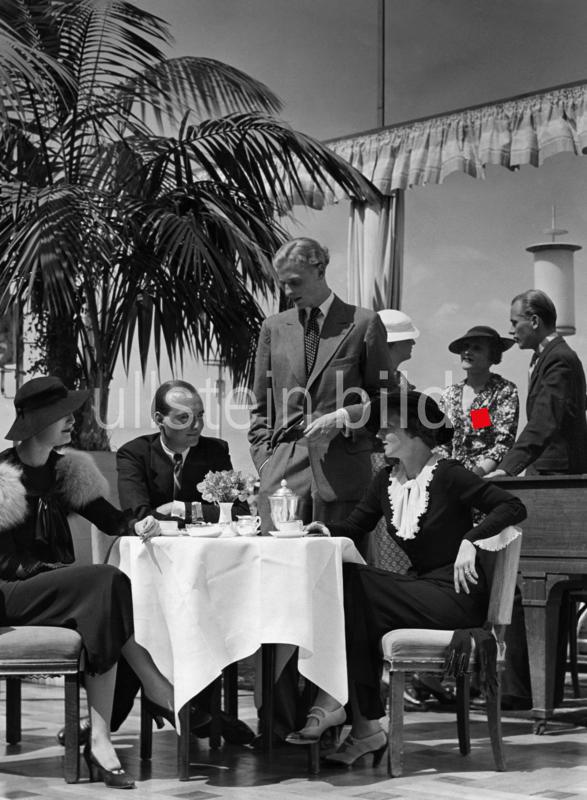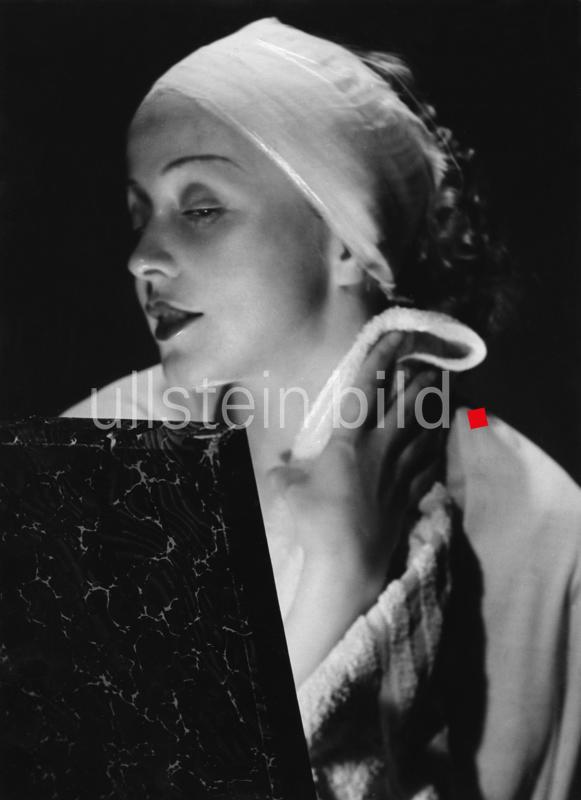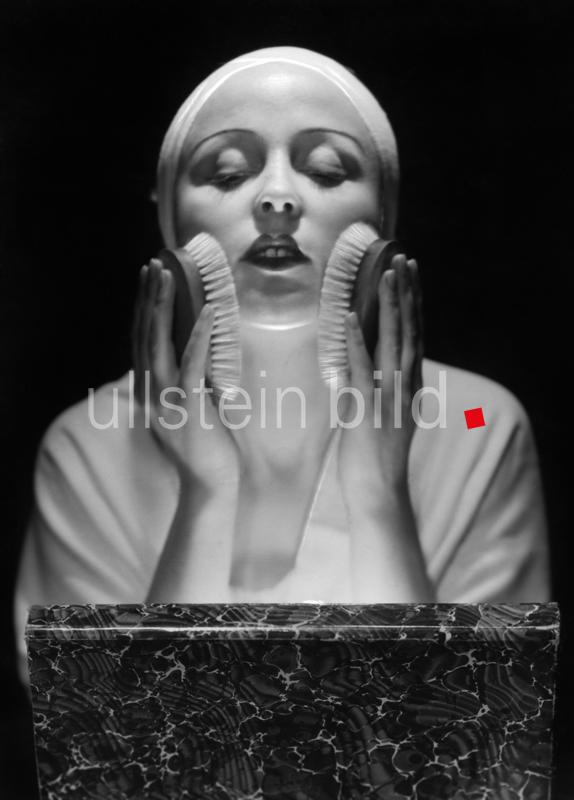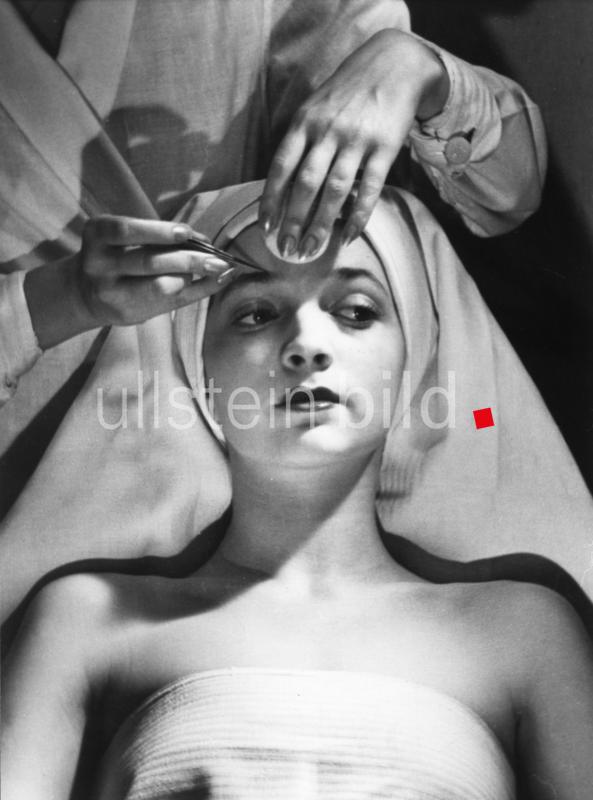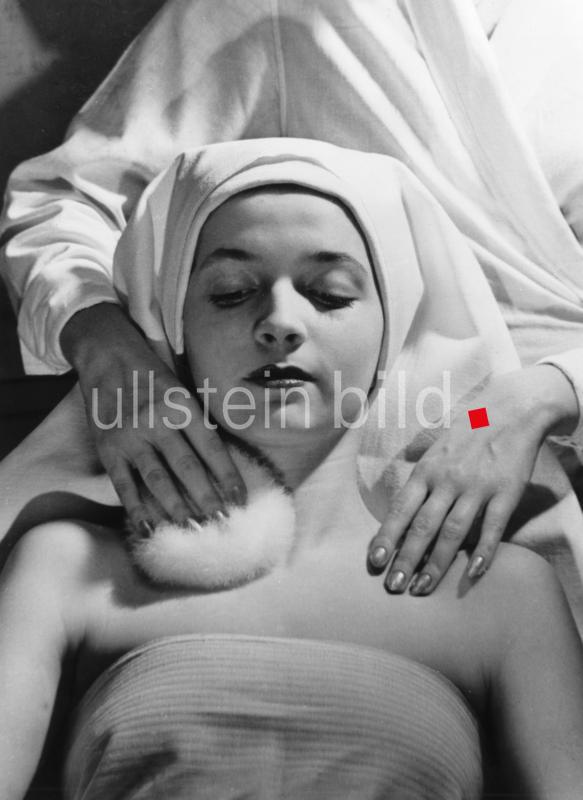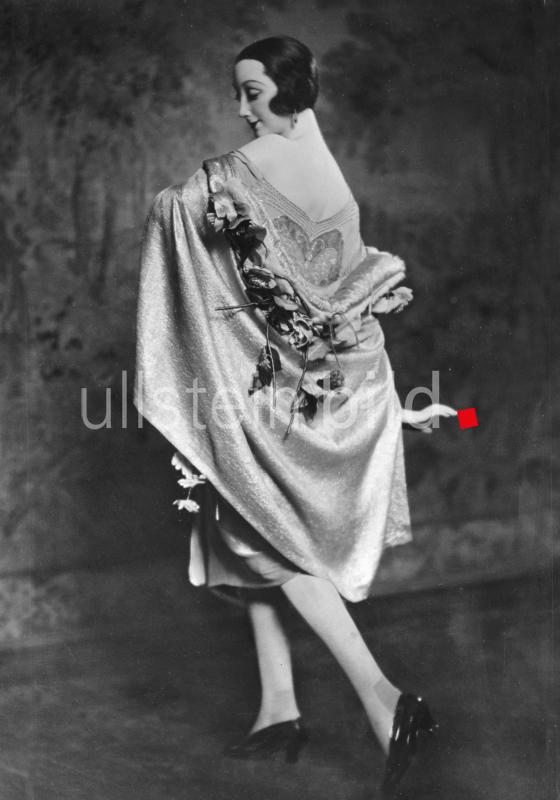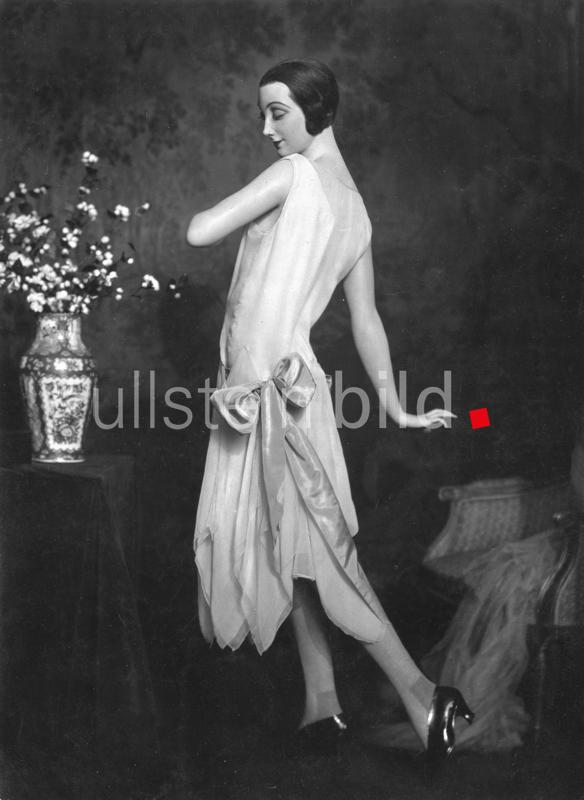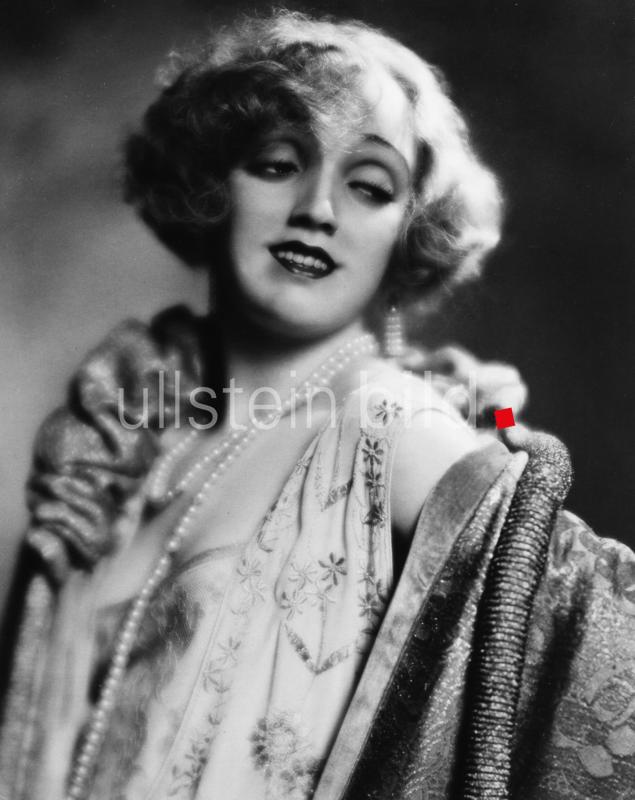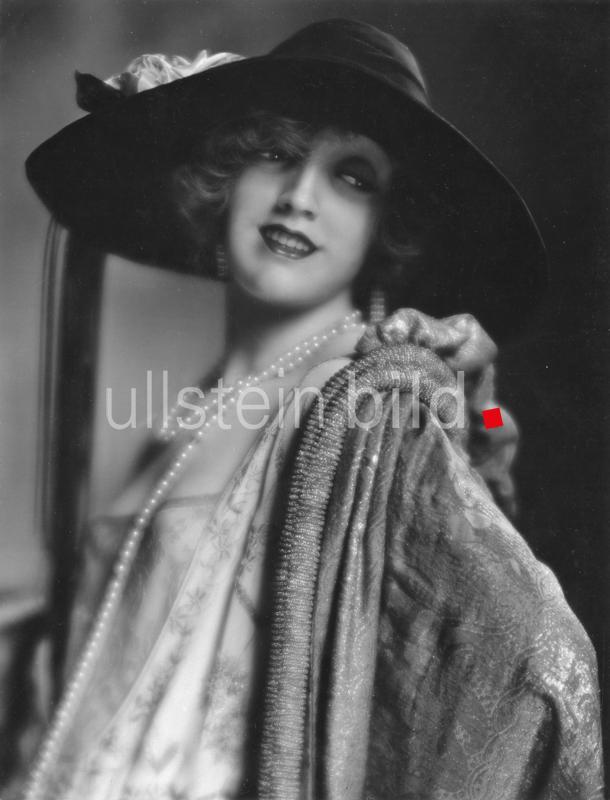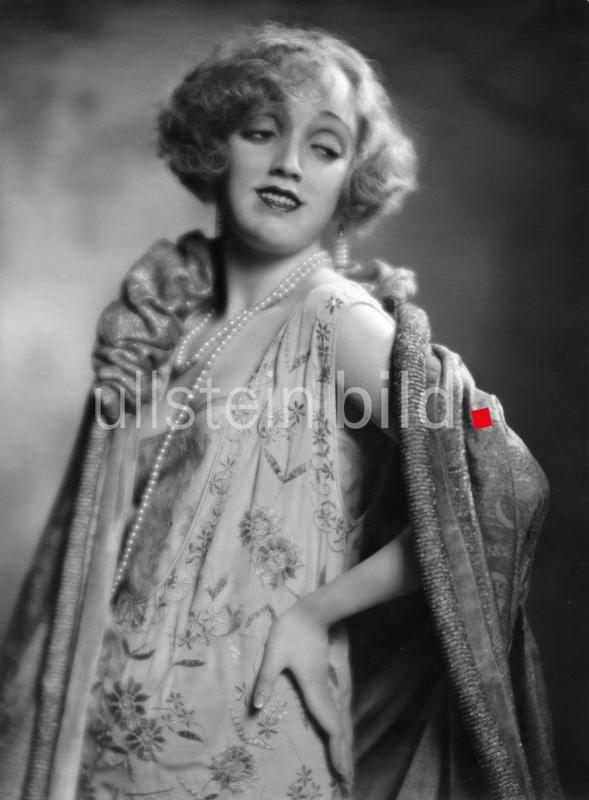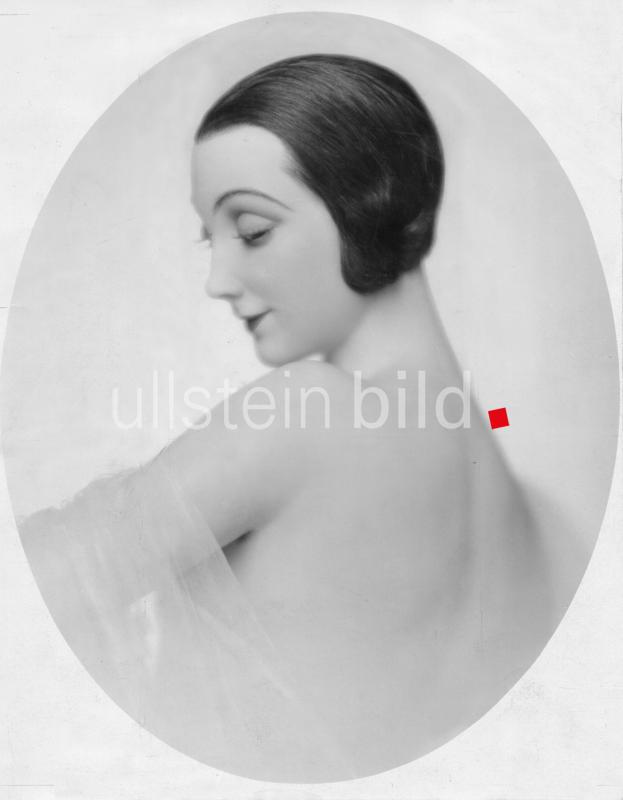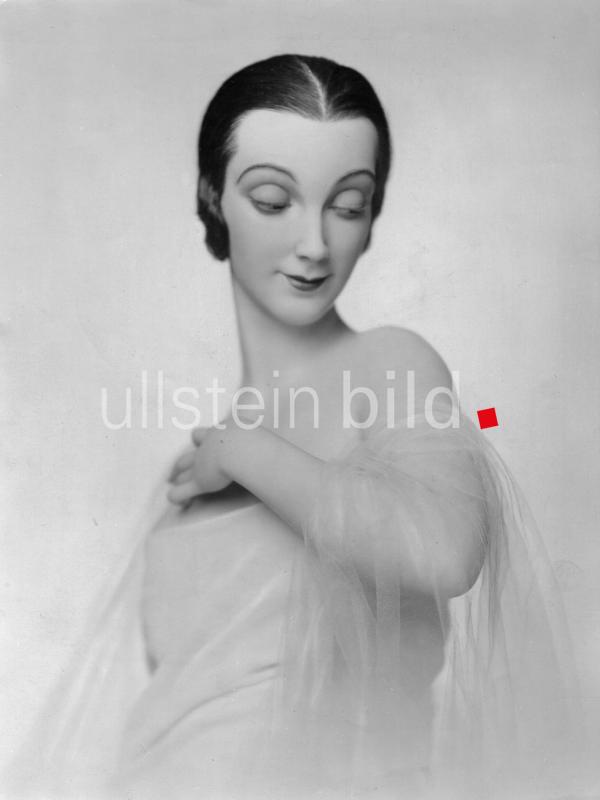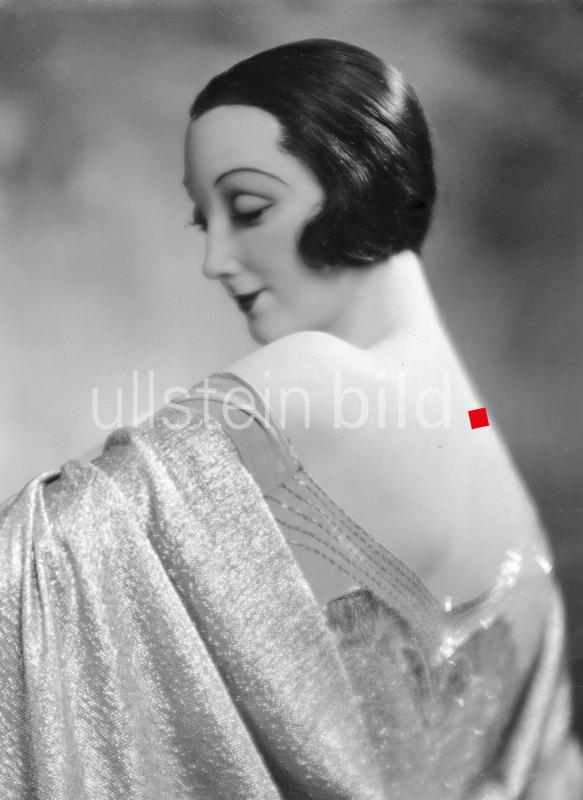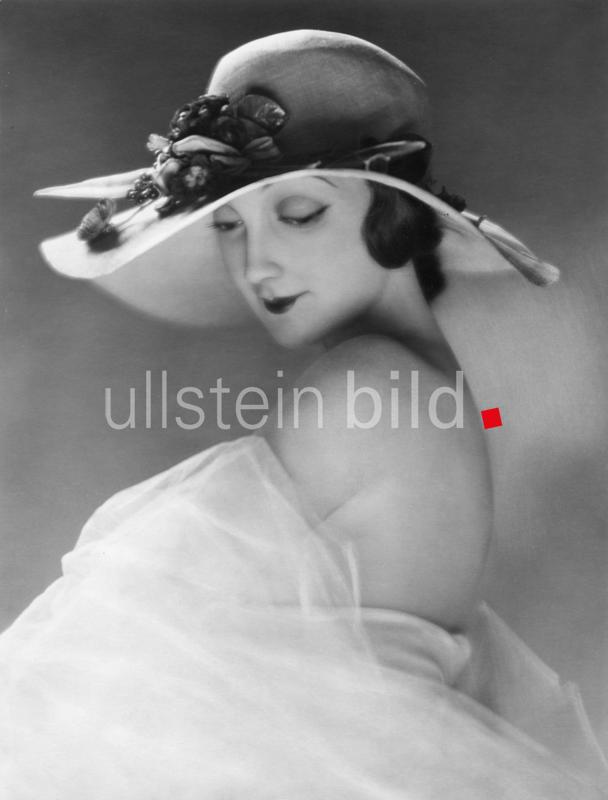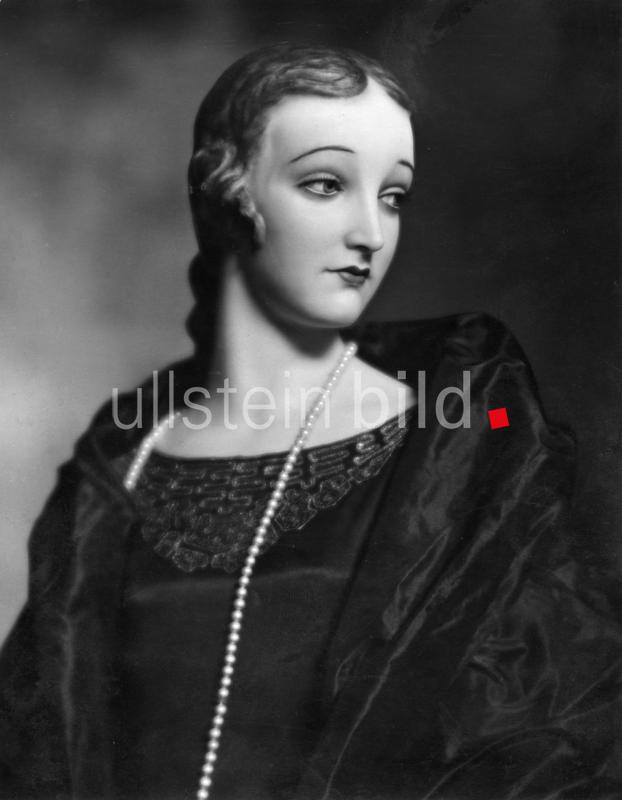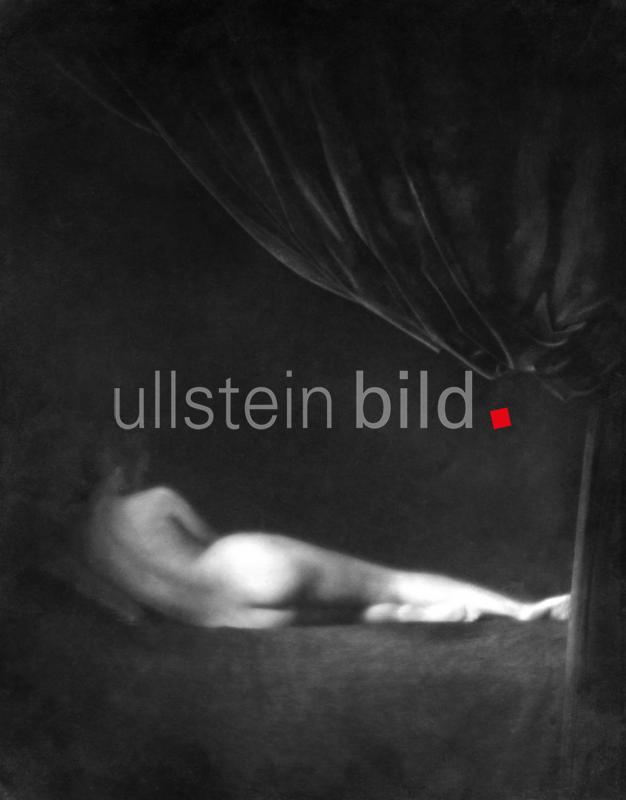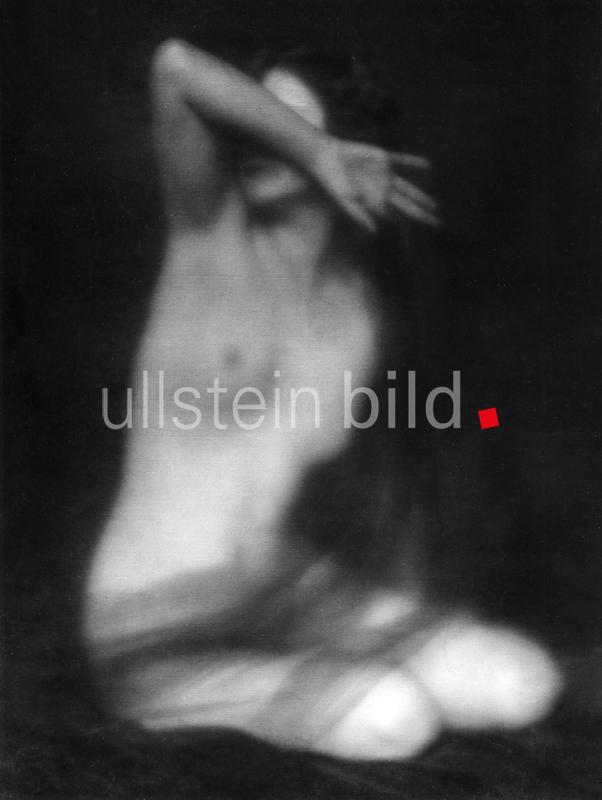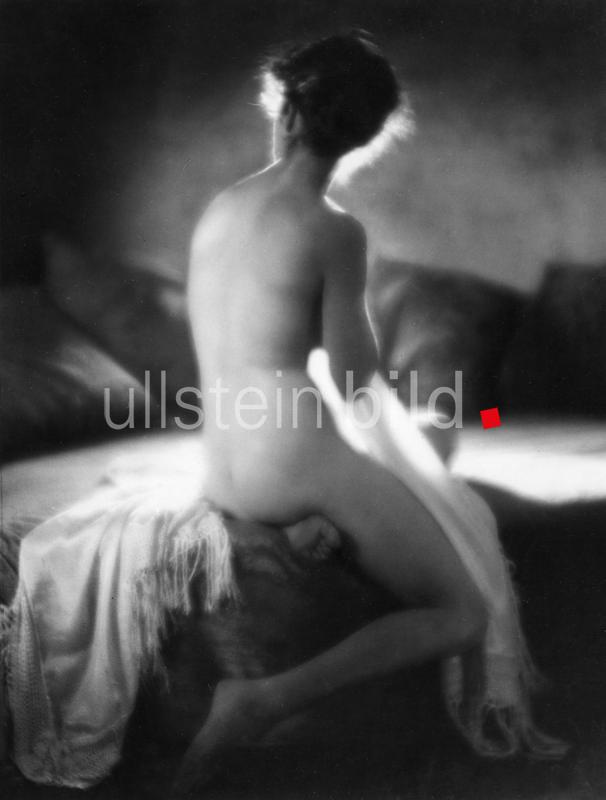Master of Beauty
Karl Schenker's glamorous Images
Exhibition at the Museum Ludwig in Cologne | September 10, 2016 – January 8, 2017
______________________________________________________
Karl Schenker (1886-1954): the “born sculptor of elegant figures”, “a master of several mediums”, “director of women's heads” – the press was full of praise for the photographs that made Karl Schenker one of the most famous society portraitists in the 1910s and 20s. Anyone who was anyone had their portrait taken by him in his Berlin studio on Kurfürstendamm, because no one was as beautiful, no one could retouch as masterfully as he could.
He wrapped actresses, dancers and society ladies in tulle and fur before he photographed them – or painted the fur into the picture afterwards. As a photographer, but also a draughtsman, painter and, for a time, sculptor, Schenker's work was primarily devoted to creating beautiful portraits of women. He was aided in this by all the means of photo retouching, but certainly also by the emerging cosmetics industry and, in one or two cases, by cosmetic surgery, which was also in its infancy. Women in particular became malleable matter – and Schenker's top priority was beauty.
As little as we know about Karl Schenker, he must have known how to put himself in the limelight. In the portraits that have come down to us, we always see him elegantly dressed, and in interviews he liked to stylize himself as being of noble descent. Research has revealed the following biography: born in 1886 in Sereth in what is now Ukraine, he came to Berlin via Lviv and Munich around 1912 and established a flourishing studio on Kurfürstendamm. In 1925, he moved to New York for five years and worked mainly as a draughtsman and painter under the name Karol Schenker. After 1930, back in Berlin, his name reappeared in magazines as an advertising photographer, but after 1934 his trail was lost. In 1938, persecuted as a Jew, he emigrated to London, ran a studio and died in 1954. His doll photographs attracted attention again in 2013 when Cindy Sherman showed them at the Venice Biennale.
(Text: Museum Ludwig, Cologne)
More than four hundred original photographs from the Karl Schenker studio at ullstein bild speak of their importance for Ullstein magazines such as Die Dame, Uhu and Berliner Illustrirte Zeitung. During the Weimar Republic, Ullstein Verlag brought together outstanding, pioneering photographers and contributed to the success of the picture authors through its high-circulation publications. A total of 36 photographs from this extensive part of the Ullstein Collection are on display in the exhibition “Master of the Beauty. Karl Schenker's glamorous Images” at the Museum Ludwig. First and foremost is the photograph from 1925, published in Dame No. 23, which shows Karl Schenker working on a wax figure – not only Cindy Sherman is delighted.
Accompanying the photograph in the 1923 Dame, the editorial text describes the creation and effect of the wax dolls:
But the sketch was not enough. The artist consulted with young sculptors, had the drawing transferred to clay, corrected and tinkered with the model with these helpers to ensure that everything came out naturally and without constraint. This was done with tenacious patience. Then, when the plaster model had been created from the clay model and the wax cast from this, he took over the painting of the faces himself, specified the tinting of the skin, conferred with the hairdresser, who had to take care of the hair, eyelashes and eyebrows. The upper body up to the waist was modeled in wax with the utmost precision and care, so that even where the neck and back and bust shimmer through, living truth is suggested, so that reality seems to breathe beneath the fabric. The “rest” is made of papier-mâché. Schenker is still working on refining his method, on bringing the interaction with his collaborators to its ultimate precision. But what has already come to light is astonishing. Anyone looking at the illustrations on these pages will indeed doubt at first whether they are not looking at photographs of very real mannequins. A special magic emanates from these amiable apparitions, whose posture and expression openly display their kinship with Schenker's photographs and paintings. I think that a decorator who has to create a new creation of high-minded sartorial fantasy for such creatures must be a little heartbroken. In any case, it must be a delight for him, for here he can show clearly how a dress can work. And if these gentlemen were standing in a shop window, I could well imagine someone taking that “disinterested pleasure” in them that is supposed to be part of artistic enjoyment, or even falling in love with them, like E. T. A. Hoffmann's rapturous youth with the doll Olympia.
The Ullstein Photographic collection at ullstein bild in Berlin is one of the main lenders to the exhibition.
Further information on the exhibition at: Museum Ludwig in Cologne.
In the gallery below you can see the exhibits from the Ullstein Photographic Collection.
The corresponding photo dossier can be found at ullstein bild.
